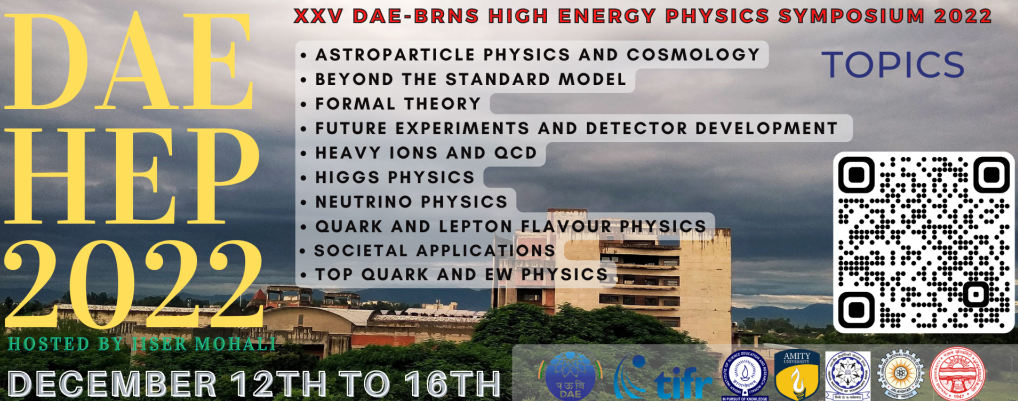Speaker
Description
The CBM experiment at FAIR aims to explore the QCD phase diagram at high net baryon density and moderate temperature by colliding heavy nuclei at an energy range of 4 - 12 AGeV. The Muon Chamber (MuCh) detector at CBM is dedicatedly designed to detect muon pairs originating at different stages of heavy ion collisions. MuCh consists of absorber segments and detector layers positioned in between the absorber pairs to facilitate a momentum dependent track identification in high particle density environment upto an interaction rate ~10 MHz. Gas Electron Multiplier (GEM) chambers are used in the first two stations of MuCh. Two prototype real size GEM detectors called mMuCh setup have been installed in the mCBM (mini CBM) experiment using beams from SIS18 at GSI, Germany. This mCBM is a part of FAIR phase-0 program where a pre-series production of CBM detector systems are being tested with their triggerless streaming readout chain before final CBM production. In the mCBM campaign 2020, data for mMuCh along with other sub detectors have been collected for the Pb+Au collisions at Ebeam = 1.06 AGeV upto an intensity of ~10$^{8}$/spill and with different Au target thicknesses. In this work, we will present the performance of mMuCh chambers in terms of the linearity of the response of the mMuCh detectors with beam intensity and its time and spatial correlations with other sub detectors. Three layers of the time of flight (TOF) detectors have been used to form the tracks in the data. After employing a time based event reconstruction and tracking on the mCBM data we have studied the GEM performance in terms of the degree of spatial correlations by constructing residual distributions between reconstructed GEM hits and projected reconstructed tracks at the GEM plane. After re-aligning the detectors positions we tried to estimate GEM detector efficiency and studied its dependence with GEM HV and velocity ($\beta$) of traversing tracks in mCBM. We acknowledge the help extended by our colleagues at GSI during the data taking.
| Session | Future Experiments and Detector Development |
|---|
